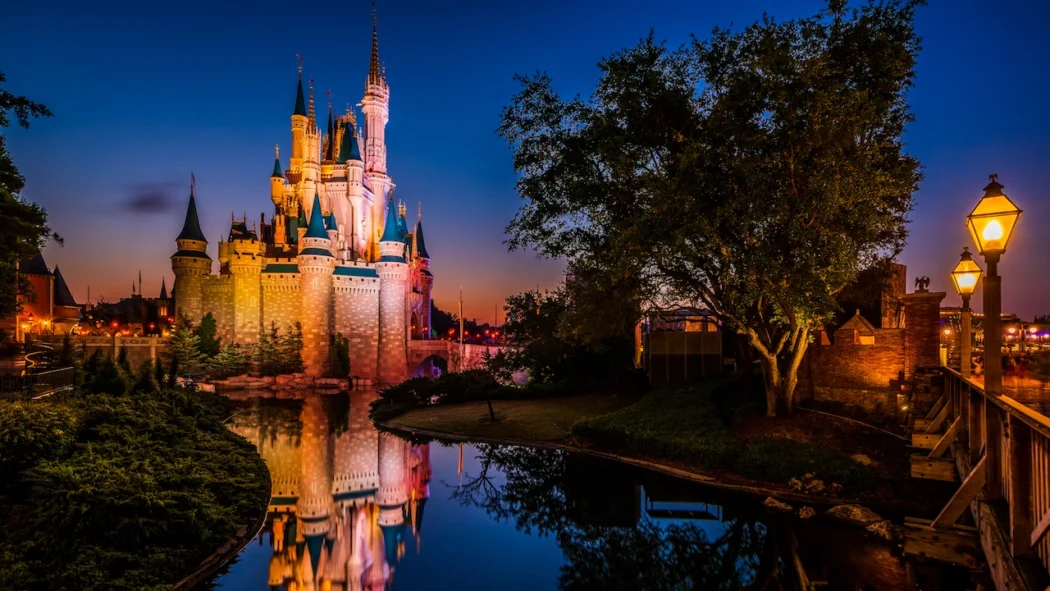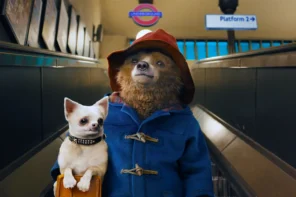Soon after the trailer for the live-action remake of The Little Mermaid was released, it received over 1.5 million dislikes on YouTube and became the subject of wide-spread internet discourse. The film is the latest instalment in the Disney franchise, and the latest remake of an originally animated movie.
While remakes, reboots, and spin-offs all differ, they rely on the same principle of taking a successful original idea and using it as a reference point to create a different story. Spin-offs, for example, tend to focus on different aspects and characters than the original work. Remakes are typically described as an accurate recreation of the original, while reboots signify a reimagined version of the same story. These storytelling methods have become key to the formation of franchises— as characters and settings are created and added to a company’s list of intellectual property, it becomes easier to create a new storyline when pre-existing ideas, motives, and conflicts exist.
Adaptations also provide companies with a very strong business strategy: why spend time and effort creating new stories that risk negative reception, when we could just expand on the ones people already know? As such, adaptations are becoming more and more prevalent in today’s media landscape, gaining notoriety as they do. There seems to be a growing sense of ennui with today’s audiences who lament the ever-expanding cinematic universes — but the numbers tell a different story. According to IMDb’s list of the top 25 highest-grossing movies of the 2010s, all were either remakes, adaptations, sequels, or part of a larger franchise. The fact is that nostalgia will always win us over. We are comfortable with what we are familiar with: a spin-off of our favourite TV show will always seem like a safer choice rather than venturing into the unknown.
The problem arises when profit becomes the driving motive for creation
There is nothing inherently wrong with nostalgia — a good story is one that deserves to be revisited time and time again. Further, there is nothing inherently wrong with remaking a cinematic favourite, especially when done out of a genuine desire to reinvestigate the original work. The problem arises when profit becomes the driving motive for creation. Successful elements will be recreated and amplified, while other components that may not be as overtly dramatic end up neglected and diluted. The moment large corporations detect that a piece of media has the potential to be seen as having the power to influence and generate interest, it all too often becomes franchised and milked for profit until all the cultural meaning it once had is lost.
The source material of any remake is a product of its time and tends to reflect the particular values of that era. These beliefs are often outdated when compared to today’s standards. As a result, audiences are frequently at odds as to whether changes should be made to make the new version more palatable. On one hand, progressive groups advocate for more minority representation in media and a more nuanced portrayal of their community. Alternatively, people argue to preserve prejudiced undertones and stereotypes, whether it be for ‘historical accuracy’ or just their general dislike for progress and equality. Regarding The Little Mermaid, the main point of contention was the fact that Halle Bailey, a Black woman, was cast for the role of Ariel. Redditors mourned for their childhood Ariel, a white-skinned, red-headed mermaid, and argued for a faithful and realistic adaptation, as reflected through various Twitter chains. However, the number of people boycotting the ‘woke’ remake of the Little Mermaid are equally as prevalent as the people pledging to support it in theaters. To avoid too much backlash from either side, reproducers tend to take the middle ground — disappointing LGBT representation, powerful ‘#girlboss’ one-liners while the actress is paid less than her male co-stars , and sidekicks of colour meant to serve their white saviour main-character. The resulting social commentary is often a surface-level narrative that only sets out to accomplish a corporate milestone. Changes to the source material simultaneously does too much to attack tradition and too little to affect real social change.
The resulting social commentary is often a surface-level narrative that only sets out to accomplish a corporate milestone.
Disney’s new rendition calls for realism and opts for a dreary, murky, CGI underwater setting. This is the second, admittedly less prevalent, piece of criticism the internet has to offer: the adaptation looks lifeless compared to the animated original. Advances in CGI have allowed for the addition of more realistic-looking animations but these remakes show that photorealism isn’t always the most effective way to tell these stories. The colours are not as vibrant as in cell shaded animation, dance numbers are greatly scaled back for the sake of realism, and characters are restricted in the ways they can express and convey emotion. Disney’s The Lion King adaptation, for example, received lots of criticism for being more of a nature documentary than a children’s movie, as reflected in an NPR article from 2019 titled “‘The Lion King’ is Like A Nature Documentary With A Backbeat.” The fact is that creatively, more can be done with the medium of hand-drawn animation, however, CGI allows for a faster manipulation of live actors. In effect, more content can be produced in a shorter period of time, leading to more sales, and of course, profit.
There will always be space for nostalgia, but we cannot forget the value of new narratives and artistic risks.
Ultimately, the biggest effect of these remakes is a cultural unwillingness to innovate with the unfamiliar. While it is not the sole cause, the fact that the most successful movies of the decade relied on pre-existing intellectual property speaks to a larger social phenomenon. In a time when ideas are largely spread through media, it becomes extremely important to create new stories that incorporate different perspectives and are not just shoehorned into today’s cultural climate. There will always be space for nostalgia, but we cannot forget the value of new narratives and artistic risks. We should never prioritize remakes over media that is experimental, open to failure, and attempting something meaningful. It is with the advent of these new stories and expressions that we can better learn about and understand new ideas and lines of thinking.








